More Than a Camping Trip: How to Plan an Outdoor Retreat That Actually Resets You
For a long time now, I’ve had the privilege of taking people out into the wild. We’re not just talking about a walk in the woods; we’re talking about getting people away from the noise of modern life so they can find a different kind of quiet. And I’ve seen, time and time again, how a properly planned retreat can completely reset a person’s soul. It’s so much more than a vacation.
In this article
- First Things First: How Long and How Much?
- So, Why Does This Even Work? (A Little Bit of Science)
- Step 1: Get Clear on Your “Why”
- Step 2: Pick Your Place with Purpose
- Step 3: Structure Your Days (But Keep It Loose)
- Step 4: Pack with Purpose (And What to Ditch)
- Common Questions & Inevitable Curveballs
- Bringing the Retreat Home with You
- Inspirational Gallery
I’ll never forget this one client, a high-powered exec who hadn’t taken a real break in ages. He showed up with a constant nervous energy, two phones buzzing, and a head swimming with deadlines. Three days later? I saw him just sitting by a lake, doing nothing. He later told me he hadn’t thought about work once. He just watched the light change on the water. That’s the magic we’re after. It’s not about escaping your life, but about creating the space to finally reconnect with it.
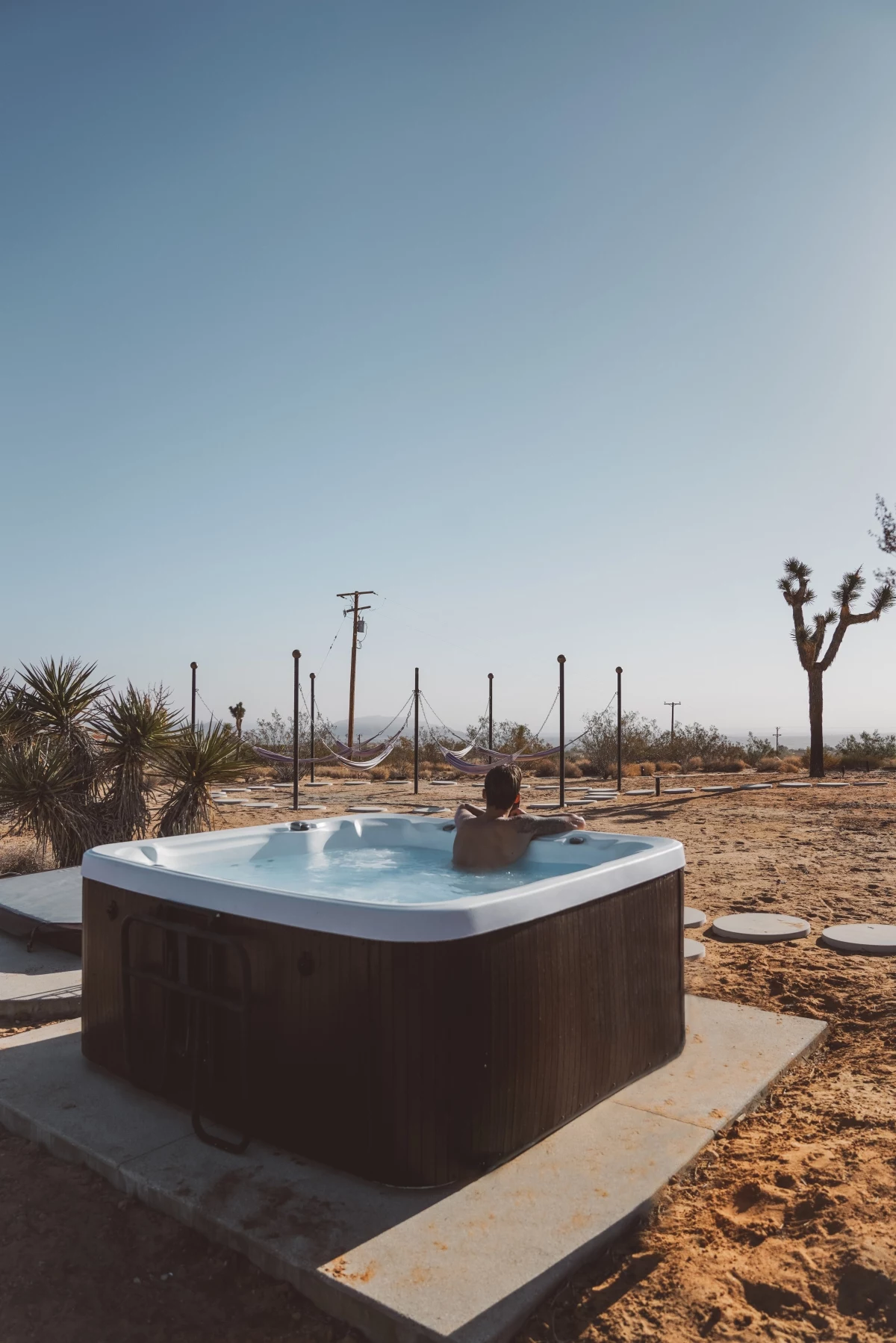
So, here’s the framework I use to help people build that experience for themselves.
First Things First: How Long and How Much?
Before we get into the fun stuff, let’s tackle the two biggest questions everyone has: time and money. Honestly, the answer depends entirely on your goal and your comfort level.
A weekend retreat (2-3 days) is perfect for hitting the reset button. It’s just enough time to disconnect, get some deep rest, and break the cycle of stress. If you’re just trying to recover from a tough week, this is your sweet spot.
A longer retreat (4-7 days) is for a deeper dive. This is for when you’re navigating a big life change, trying to unlock some creative inspiration, or really looking to challenge yourself physically. It takes a few days just to unwind, so a full week gives you the space for real transformation.
And what about the budget? It can vary wildly.
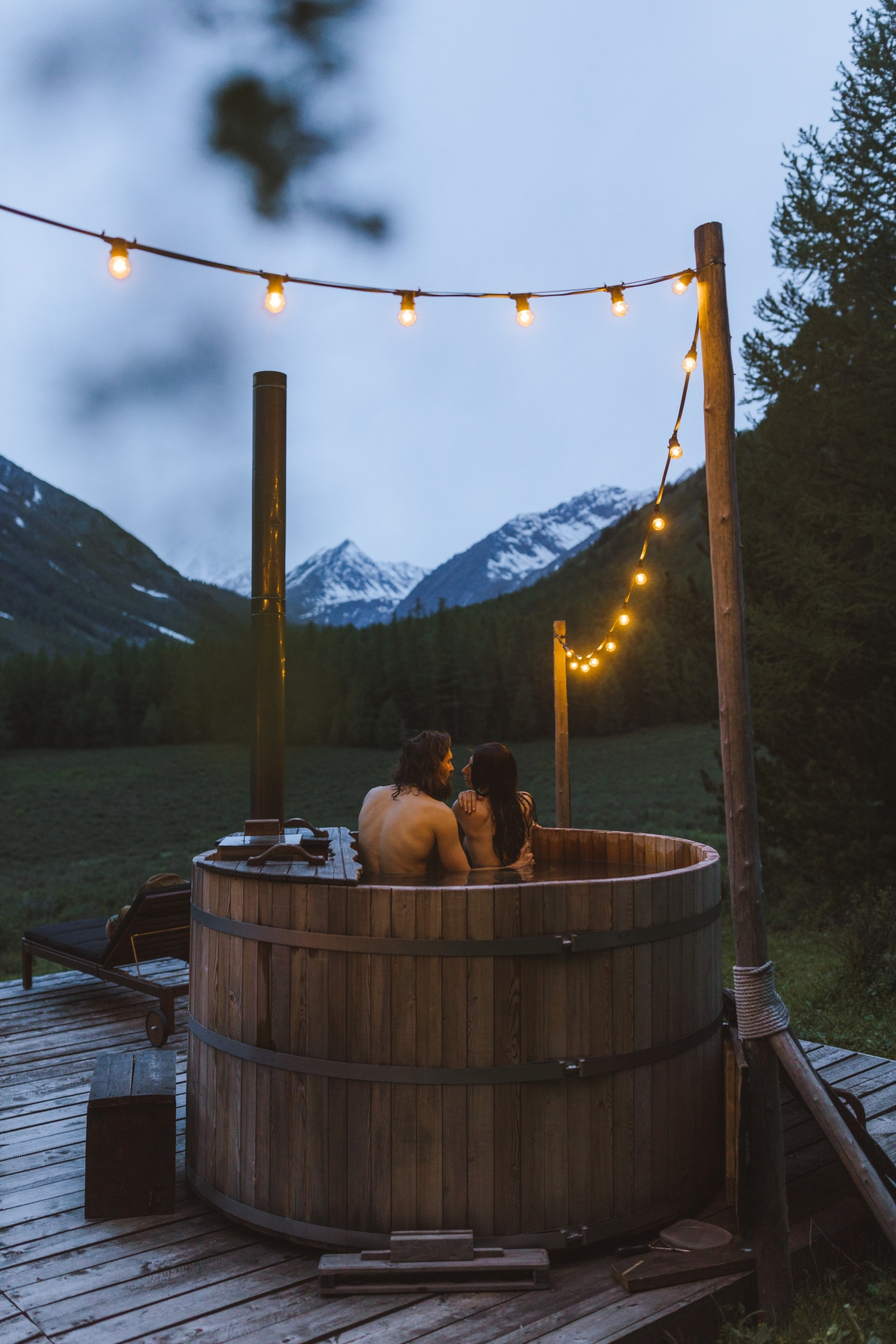
- On a Shoestring: If you already own basic camping gear (a tent, a sleeping bag), you could pull off a fantastic weekend retreat for under $75. Think car-camping at a state park ($20-35/night), simple groceries, and gas money. The focus is on the experience, not the gear.
- A Comfortable Middle Ground: If you need to rent some gear or want to stay in a simple cabin, you might budget $200 – $400 for a weekend. This gives you more comfort, maybe some nicer food, and less hassle.
- The Deluxe Reset: Renting a dedicated off-grid cabin with all the amenities could run $500+ for a weekend. You’re paying for convenience and comfort, which lets you focus entirely on your intention.
There’s no right answer here. The best retreat is the one you can actually afford to take.
So, Why Does This Even Work? (A Little Bit of Science)
You know that feeling of relief when you step into a forest? It’s not just in your head; it’s backed by some pretty cool science. Our brains get exhausted from what experts call “directed attention”—the intense focus we use for work, driving, and scrolling. It’s like a muscle that gets sore.
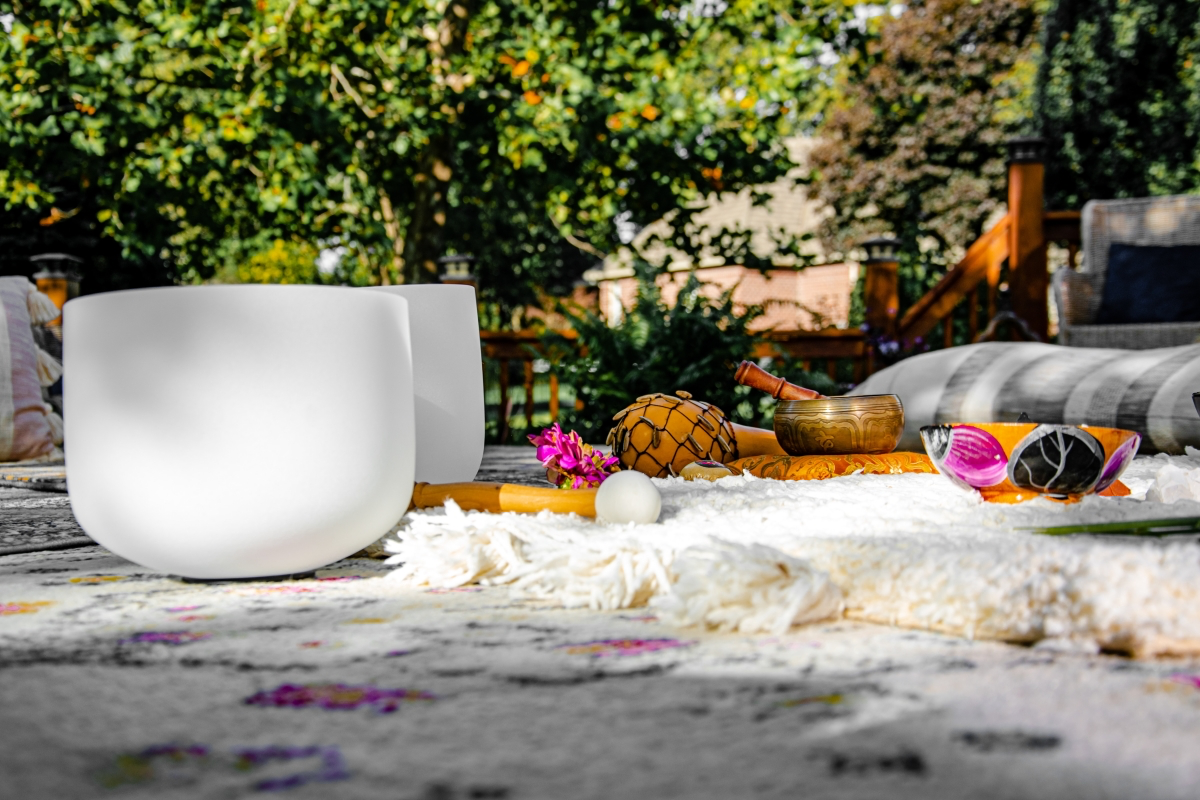
Nature, on the other hand, offers “soft fascination.” Watching clouds drift by or listening to a stream doesn’t require effort. It lets your brain’s focus muscle rest and recover. It’s a core idea in a concept known as Attention Restoration Theory. Oh yeah, and your body gets in on the action, too. When you’re in a forest, you’re breathing in compounds called phytoncides, which trees release. This is the whole idea behind “forest bathing.” Studies have shown that this can help lower stress hormones and blood pressure. That amazing smell of pine and damp earth? That’s your body literally relaxing in its natural habitat.
Step 1: Get Clear on Your “Why”
Okay, first real step. Ask yourself: Why am I doing this? Your answer is your compass. Be brutally honest. Are you running from something or moving toward something? Your intention will shape every other choice you make.
Most intentions fall into a few buckets:
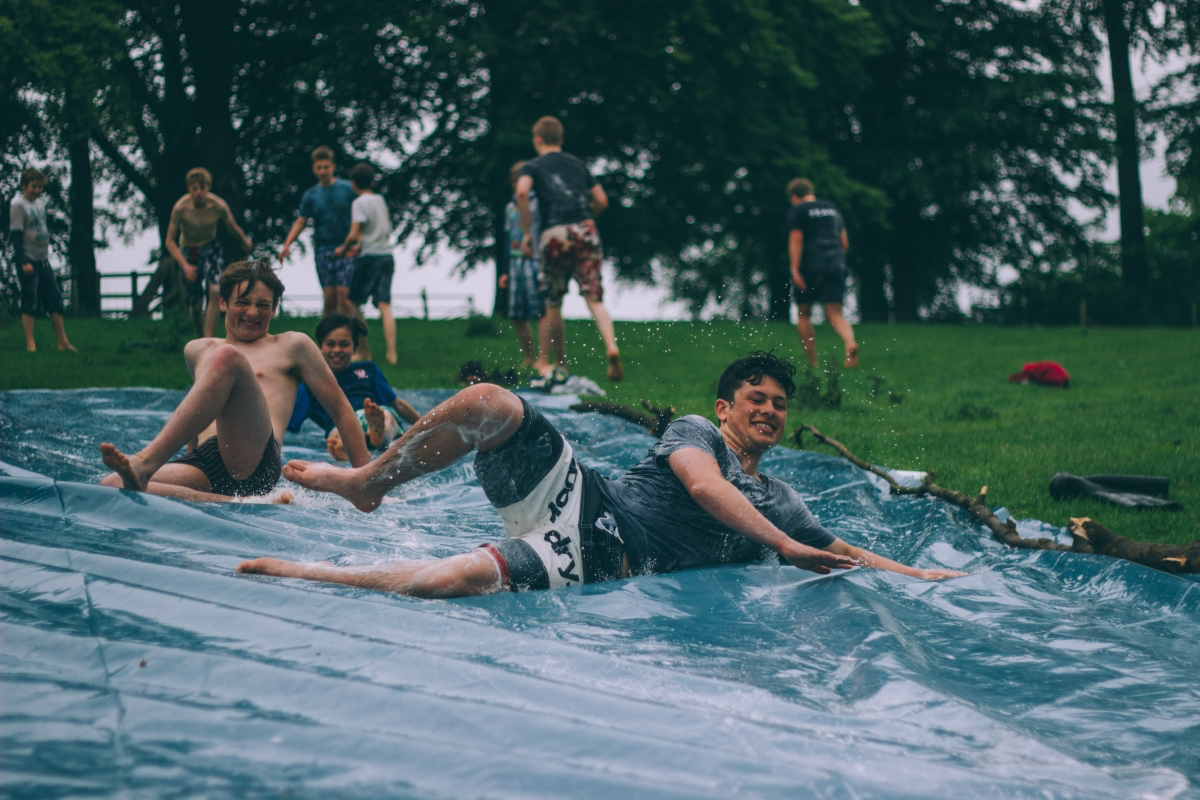
- Deep Rest: You’re burnt out. Simple as that. Your goal is maximum recovery with minimum effort. Think naps, reading, and gentle walks.
- Creative Spark: You feel stuck and need a new angle. Your goal is observation and creation. Think journaling, photography, or just sitting still until an idea shows up.
- Physical Challenge: You want to test your limits and feel strong. Your goal is a tough but rewarding physical push. Think a long hike with lots of elevation.
- Emotional Work: You’re processing something big. Your goal is quiet introspection. Think slow, meditative activities and guided journaling.
Write it down on a piece of paper and tuck it in your pocket. Seriously. When you feel lost or bored, pull it out. It’ll tell you what to do next.
Step 2: Pick Your Place with Purpose
The landscape is an active ingredient in your retreat. It sets the mood. I’ve seen people thrive in one environment and feel totally overwhelmed in another. Match the setting to your intention.
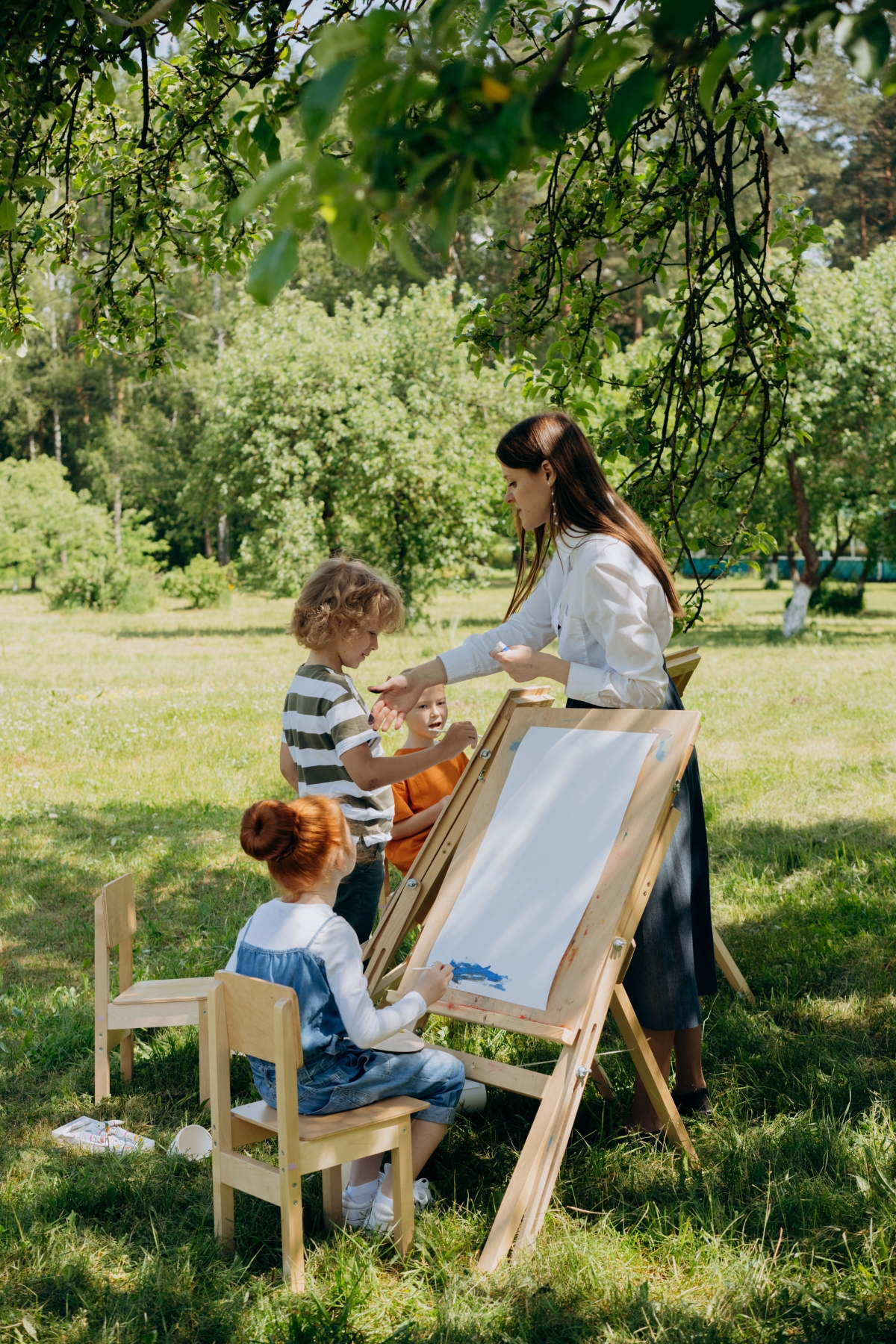
The Forest: For Grounding and Stillness
Forests are like a cozy, quiet room. They’re perfect for deep rest or creative work because they force you to slow down and notice the little things.
– Best for: Deep Rest, Creative Spark
– Beginner Friendliness: High (4/5). It feels safe and enclosed.
– Heads up! It’s easy to get turned around. And always, always do a tick check after walking through woods or tall grass.
– Good Spot: A designated campsite in a State Park is a great start. They usually have facilities like bathrooms and marked trails.
The Mountains: For Awe and Perspective
Nothing makes your problems feel smaller than standing on top of a mountain. The effort to get there is part of the reward. This is the place to go if you need a big-picture view on your life.
– Best for: Physical Challenge, Emotional Work
– Beginner Friendliness: Moderate (2/5). Requires fitness and preparation.
– Heads up! Weather changes in a heartbeat. Altitude sickness is real; give yourself time to acclimate. Never underestimate a mountain.
– Good Spot: Backcountry sites in National Parks or National Forests offer incredible views, but you need to be self-sufficient.
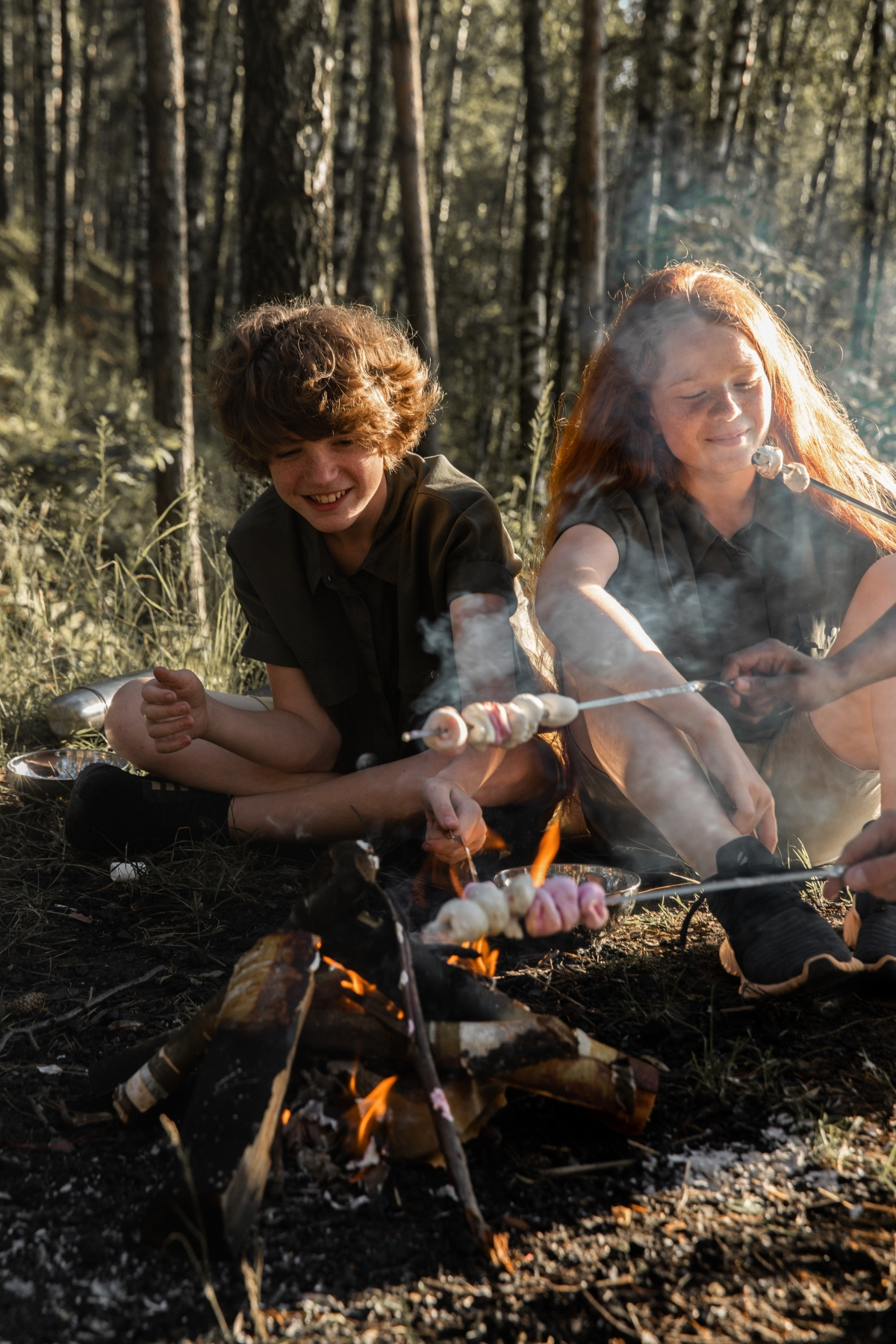
The Desert: For Solitude and Resilience
The desert strips everything down to the essentials. The profound quiet and stark beauty are incredible for deep thinking. It teaches you about your own resilience.
– Best for: Emotional Work, Advanced Solo Trips
– Beginner Friendliness: Low (1/5). This is not the place to start. The desert is unforgiving.
– Heads up! Water and heat are no joke. You need a rock-solid plan. I really don’t recommend a solo desert trip for anyone who isn’t an experienced outdoorsperson.
– Good Spot: Established campgrounds in places like Joshua Tree or Big Bend are the safest way to experience the desert.
The Coast or a Lake: For Rhythm and Flow
There’s something deeply meditative about the sound of water. The constant rhythm of waves or the gentle lapping on a shore is incredibly calming. Great for gentle rest or creative flow.
– Best for: Deep Rest, Creative Spark
– Beginner Friendliness: High (4/5), as long as you respect the water.
– Heads up! Know the tides if you’re on the coast. On big lakes, be aware of currents and sudden storms. Cold water is dangerous even on a hot day.
– Good Spot: Lakeside campsites are common and wonderful for a first retreat. Many coastal state parks offer walk-in sites with ocean views.
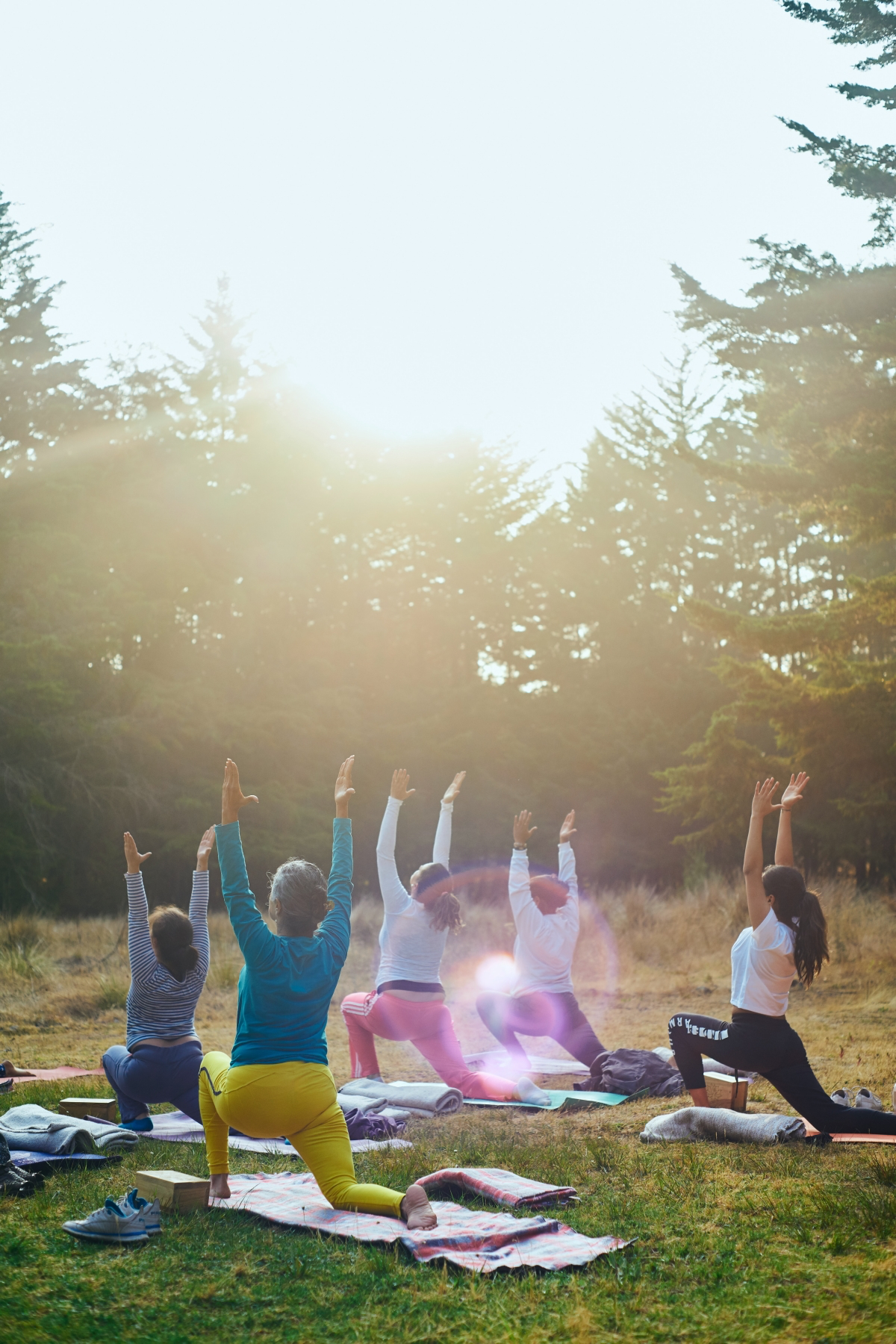
By the way, a quick note on State Parks vs. National Forests. State Parks are generally more developed, with amenities like bathrooms, running water, and clearly marked sites. They’re fantastic for beginners. National Forests often offer “dispersed camping,” which means you can camp for free in designated areas but with zero amenities. It’s more rugged and requires more self-sufficiency.
Step 3: Structure Your Days (But Keep It Loose)
A retreat without any schedule can quickly turn into you just feeling… bored. A simple, predictable rhythm frees up your mind from having to constantly decide what to do next. It’s about freedom within a framework.
Try this simple flow:
- Morning (Sunrise to Noon): Wake up naturally. Make coffee or tea. Sit quietly for 15 minutes, phone off, and think about your intention. This is usually the best time for your main activity, like a hike or a swim.
- Afternoon (Noon to 4 PM): Time for rest and integration. Eat lunch. Read a book. Take a nap in a hammock. Just be still. This is when your brain processes everything.
- Evening (4 PM to Bedtime): Prepare a simple meal. As it gets dark, reflect on the day. Maybe write in a journal. What did you notice? What did you feel?
This is just a template. The point is to create a flow that serves you.
Step 4: Pack with Purpose (And What to Ditch)
What you bring is important, but what you leave behind is critical. You want to be comfortable and safe, but not distracted.
First, the non-negotiables. Outdoor pros live by the “Ten Essentials.” It’s not just a suggestion; it’s your safety net. Don’t go into the backcountry without these:
- Navigation: Map and compass (and know how to use them). A GPS device is a good backup.
- Headlamp: Plus extra batteries. A phone flashlight doesn’t count.
- Sun Protection: Sunglasses, sunscreen, and a hat.
- First Aid Kit: A pre-made one is fine, but add personal meds and blister care.
- Knife: Or a multi-tool. Incredibly useful.
- Fire: Lighter, waterproof matches, and a fire starter.
- Shelter: Even just a lightweight emergency bivy or space blanket.
- Extra Food: More than you think you’ll need. A few extra energy bars can be a lifesaver.
- Extra Water: Or a way to purify it.
- Extra Clothes: A warm layer and rain gear, even on a sunny day.
Beyond that, a few things will make your retreat so much better:
- A Journal and Pen: Your most powerful tool.
- A Comfortable Camp Chair: This is a non-negotiable for me. I’ll never forget the time I thought I was too tough for a camp chair and spent three miserable days with a sore back. Just bring the chair. It’s worth every ounce. A good one costs around $60 at REI or other outdoor stores.
- A Watch: So you can know the time without looking at your phone.
- A Good Book: Something that aligns with your intention (so maybe not a high-stress thriller).
What to leave behind? Your work computer. Obvious, right? But the hard one is the phone. A full digital detox is transformative. The constant pings and notifications keep our nervous systems on high alert. Breaking that cycle is a gift.
If turning it off completely gives you anxiety, try this middle ground: keep it on airplane mode the whole time. Allow yourself a 10-minute window at, say, 7 PM to turn off airplane mode, check in with a loved one, and then turn it right back off. No scrolling!
A Super-Simple Meal Plan to Get You Started
Keep food simple. Stress-free cooking is key. Think one-pot meals. Prep at home!
- Dinner Day 1: Lentil Soup. (Shopping list: 1 cup red lentils, 1 carton veggie broth, 1 pre-chopped mirepoix mix from the grocery store, some spices). Just dump it all in a pot and heat.
- Breakfast: Instant oatmeal with dried fruit and nuts.
- Lunch: Tortillas with peanut butter and a banana, or hard cheese and salami. No cooking required.
Common Questions & Inevitable Curveballs
“What if I get lonely or bored?”
First, congrats! Feeling bored means the detox is working. Your brain is craving its usual stimulation. When it strikes, don’t reach for a distraction. Instead, reach for your intention. If your goal was “Creative Spark,” boredom is your cue to go find something interesting to sketch. If your goal was “Deep Rest,” it’s a sign to go take that nap. Loneliness can be part of a solo trip; try to see it as an opportunity for self-reliance rather than a negative feeling.
When Plans Go Wrong (Because They Will)
Nature is unpredictable. I once guided a trip where it rained—I mean, poured—for two solid days, trapping us under a tarp. The group was so frustrated at first. But we adapted. We told stories. We just listened to the rain. It ended up being one of the most connected and memorable trips I’ve ever led. The lesson is to hold your plans loosely. When the weather turns or a trail is closed, ask: “How can I meet my intention right here, right now?”
Going Solo & Staying Safe
A solo retreat is an amazing experience, but your safety is 100% on you. Tell someone your exact plan and when you’ll be back. For any serious solo adventure away from cell service, I consider a satellite messenger like a Garmin inReach or a SPOT device essential. They cost a few hundred dollars plus a subscription, but the ability to send an SOS from anywhere is priceless peace of mind.
Bringing the Retreat Home with You
The retreat doesn’t end when you get back in the car. The whole point is to bring that sense of peace back into your everyday life. You’ve created a new baseline for how good you can feel.
So start small. Can you take a 15-minute walk in a local park during your lunch break, phone in your pocket? Can you wake up 10 minutes earlier just to sit with your coffee and the window open? You don’t need a mountain to find a moment of quiet.
Planning this is a true act of self-care. It takes a little work, but the payoff is huge. So be safe, be prepared, and be open to whatever the wilderness has to teach you. You might be surprised by what you hear in the quiet.
Inspirational Gallery
The single biggest mistake: Planning for boredom. Many people trying to disconnect pack tablets with downloaded movies or a long list of podcasts. This digital safety net prevents the very thing you’re seeking: the quiet, spacious moments where your mind can finally wander freely. Embrace the stillness; it’s where the reset happens.
A 2019 study published in Scientific Reports found that spending just 120 minutes a week in nature is associated with significantly better health and wellbeing.
This isn’t about a grueling, multi-hour hike. The two hours can be spread across your retreat. It could be 20 minutes watching the sunrise from your tent, a slow hour-long walk exploring a trail, and 40 minutes simply sitting by a river. The key is immersion, not exertion.
How do I capture the feeling if I’m not a writer or artist?
Forget about creating a masterpiece. Your retreat journal is for you alone. Try a sensory log instead of a diary. Three times a day, simply list: 3 things you can see, 3 things you can hear, 3 things you can feel (the breeze, the rough bark of a tree, the warmth of your tea). It grounds you in the present moment more effectively than trying to write about your feelings.
Beyond the basics, your pack list should support your goal of resetting. Consider these small additions that have a huge impact:
- A truly comfortable camp chair. Splurging on an ultralight one like a Helinox Chair One means you’ll actually use it to sit, think, and watch the world go by.
- A dedicated thermos for a hot drink. Keeping tea or coffee warm for hours encourages slow, mindful sipping.
- A real book. Not a Kindle, but a physical paperback. The lack of notifications is the entire point.
Tent Camping: Provides a secure, private, and weatherproof shelter. It’s your cozy fortress against the elements, offering peace of mind in unpredictable weather.
Hammock Camping: Offers a greater sense of immersion. Sleeping under the stars with an unobstructed view, gently swaying with the breeze, is a unique experience. An ENO (Eagles Nest Outfitters) setup with a bug net and rain fly is a popular, lightweight choice.
For a true reset, the hammock often wins by dissolving the barrier between you and the wild.
“In every walk with nature one receives far more than he seeks.” – John Muir
The Japanese practice of Shinrin-yoku, or
- A deeper connection to the cosmos.
- A humbling sense of scale and perspective.
- A moment of pure, screen-free awe.
The secret? Using your phone for good. Before you leave cell service, download a stargazing app like SkyView Lite or Night Sky. At night, put your phone on airplane mode and use the app to identify the constellations above you. It’s one of the few ways technology can deepen, rather than distract from, your connection to the natural world.
Elevate your campfire cooking without a complex kit. The key is prepping at home. Pre-chop vegetables and seal them in a bag. Pre-mix pancake batter and transport it in a squeeze bottle. One of the best low-effort, high-reward treats is a high-quality bar of dark chocolate, like a Ghirardelli Sea Salt Soiree, slowly melted and shared by the fire. It feels luxurious and satisfying after a day outdoors.










